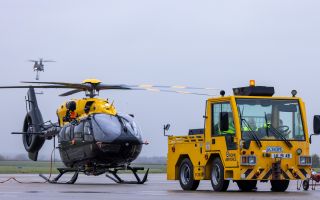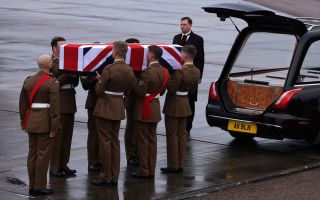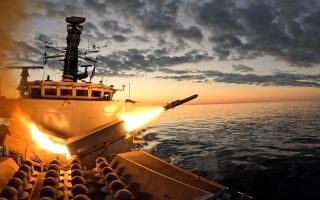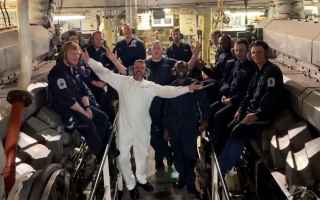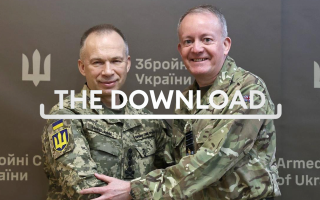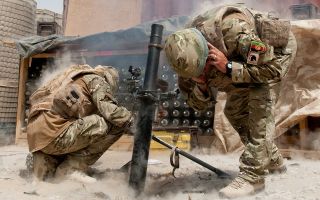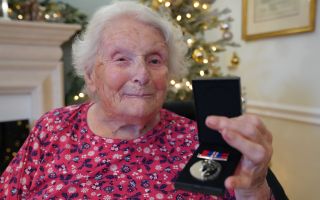
Ajax: After years of rising costs, damage and delays, Army says it's ready to rumble

The Ajax programme has managed to put its well-publicised troubles behind it, with the family of armoured vehicles passing the latest milestone.
Ajax – which comprises six vehicle types based on the same chassis – has declared Initial Operating Capability, which means it can now be deployed as a squadron on operations.
The Ministry of Defence calls it the most advanced medium-sized armoured fighting vehicle in the world, but the vehicle has had to travel a bumpy road to get where it has today.
It was originally expected to have been in service in 2017, but there have been issues of noise-induced hearing loss for personnel, meaning the programme took a pause in 2020 and 2021, and, as the National Audit Office pointed out, significant cost increases.
Ajax, which is being built at the General Dynamics plant in Merthyr Tydfil in Mid Glamorgan, has also ballooned in weight, now coming in at 40 tonnes.
But having met its initial operating capability, it's the first armoured fighting vehicle to enter service with the British Army since the Challenger 2 nearly 30 years ago.
And Defence Readiness and Industry Minister Luke Pollard was optimistic about the future of Ajax and its five siblings.
The vehicles cost £5.5bn and Mr Pollard said so far 165 had been delivered to the Army, adding: "We can deploy 50 Ajax with full crews that are trained to operate this vehicle to the maximum of its capabilities.
"Every single week, 10 to 12 Ajax come off the production line here in Merthyr Tydfil, and we train more people. So as time goes by, that deployable force will increase more and more."
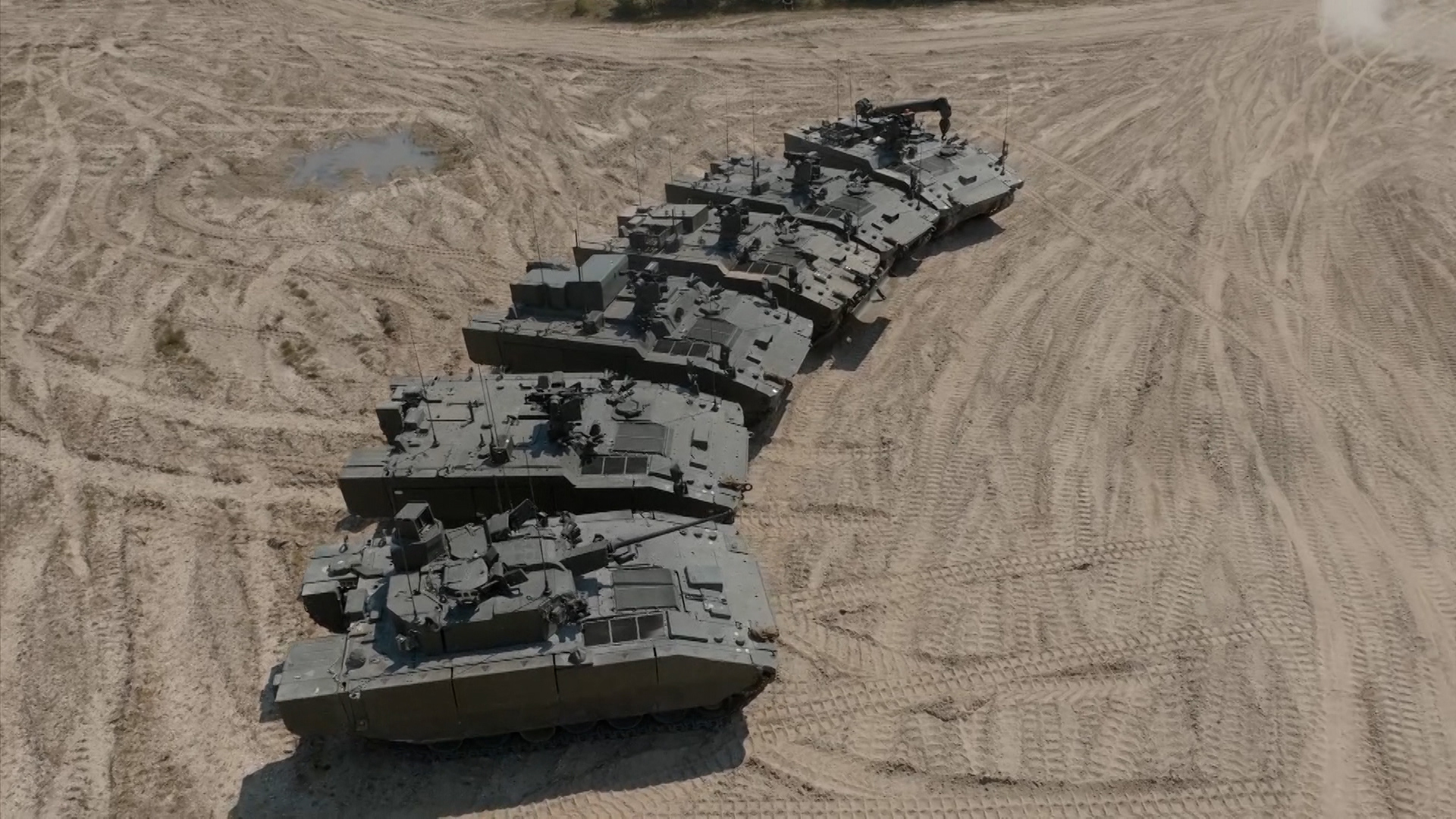
Multiple vehicles for multiple tasks
The Ajax family is composed of six distinct vehicle types:
AJAX is used for reconnaissance by cavalry units and direct fire by the Royal Artillery, and is crewed by three people with the option of an additional passenger.
It is equipped with a fully stabilised 40mm cannon, made by CTA International, that fires cased telescoped ammunition.
ATLAS is the recovery version and has more than 30 metric tonnes of winching power.
ARGUS is designed to carry out battlefield engineering tasks.
ATHENA is a command and control version.
APOLLO is a repair variant, equipped with a five-tonne crane.
ARES is a troop carrier.
But while General Dynamics has offered an infantry fighting vehicle (IFV) variant of Ajax, the MOD has so far declined.
The Army will be getting Boxer as a replacement for the Warrior rather than an IFV variant of Ajax.
Ajax replaces the Scorpion and Scimitar combat vehicle reconnaissance (tracked), or CVR(T), vehicles, which were accepted for service in 1973.
The vehicle can reach speeds of up to 70km/h and features advanced digital software, giving all crew positions 360-degree vision.

The Ajax and modern warfare
In its intended roles, Ajax does indeed look capable.
Colonel Jamie Hayward, the programme director for the Armoured Cavalry Programme, explained how Ajax would fit into the Army's picture of a modern battlefield.
"So the Army's been clear about its strategy and for how to develop its forces in terms of 20-40-40, so 20% survival layer, a 40% attritable layer and a 40% consumable layer," he told BFBS Forces News.
Col Hayward was referring to the Army's new concept under which it will shift away from Cold War-era doctrine in favour of a more tech-driven approach.
The idea is that 20% of combat capability will come from traditional platforms like tanks, artillery and attack helicopters, 40% will rely on expendable, largely autonomous systems such as loitering munitions and one-way attack drones, and the remaining 40% will consist of reusable, AI-enabled assets including surveillance drones that can operate with or without human input.
He added: "The Ajax capability is part of that 20% – so part of the force where it needs to be crewed, soldiers in the loop, able to get to the right place in the battlefield, take and hold ground and then control those other elements within the other two layers... to control those autonomous systems."
With additional reporting by Mike Morton

